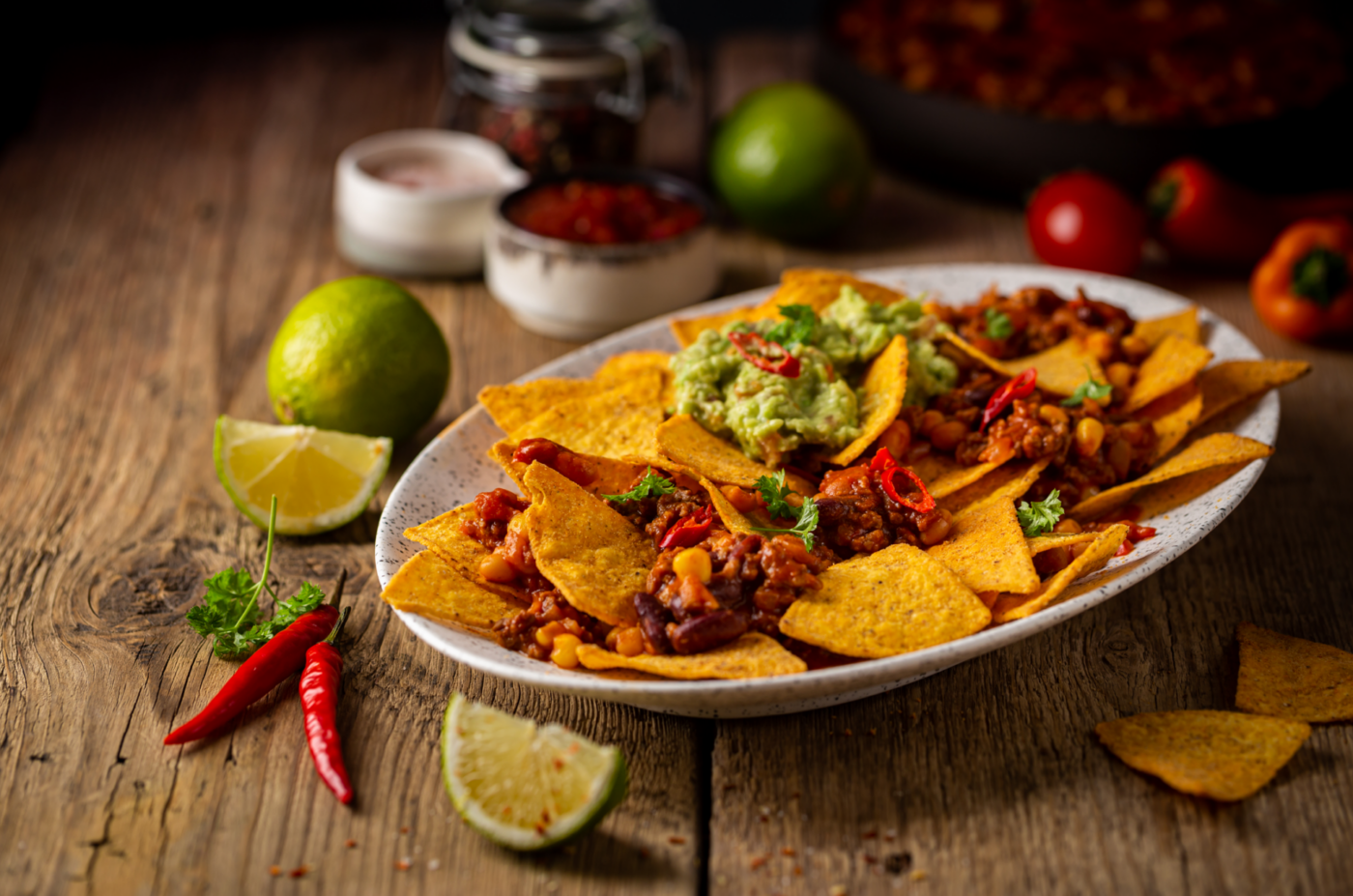Read More: Culinary History of Corn Chips
The Ancient Roots: Corn as a Culinary Cornerstone
The story begins thousands of years ago in Mesoamerica, where indigenous peoples domesticated teosinte, a wild grass, transforming it into the corn (maize) we know today. Corn became a dietary staple, revered for its versatility and nutritional value. Central to Mesoamerican cuisine was the process of nixtamalization, in which dried corn kernels were soaked and cooked in an alkaline solution, traditionally made with lime (calcium hydroxide) or wood ash. This process not only softened the corn, making it easier to grind, but also increased its nutritional value, particularly the bioavailability of niacin (vitamin B3).
The nixtamalized corn was then ground into a dough called masa. This formed the basis for countless dishes, including tortillas, tamales, and atole. While the direct ancestor of the corn chip wasn’t a deep-fried snack, the foundation was laid with the creation of these early corn-based foods, particularly the tortilla.
The Tortilla’s Transformation: From Staple to Snack
The tortilla, a thin, unleavened flatbread made from masa, was a dietary staple throughout Mesoamerica and later, after the Spanish conquest, in Mexico and parts of the American Southwest. It was typically cooked on a hot comal (a smooth, flat griddle) and eaten fresh. However, stale tortillas wouldn’t go to waste. They were often repurposed, sometimes by being fried until crispy.
This practice of frying stale tortillas to create a crunchy snack is likely the most direct precursor to the modern corn chip. These early fried tortillas, sometimes called “totopos,” were a way to extend the shelf life of a staple food and create a different textural experience.
The Birth of the Modern Corn Chip: Innovation and Entrepreneurship
While the exact origin of the mass-produced corn chip is debated, several key figures and companies played a significant role in its popularization in the United States:
- Rebecca Webb Carranza: In the 1940s, Rebecca Webb Carranza, who owned a Mexican deli and tortilla factory in Los Angeles with her husband, is credited by some with popularizing the mass-produced corn chip. Legend has it that she took misshapen tortillas rejected from the automated tortilla machine, cut them into triangles, and fried them. These crispy triangles, initially sold at her deli, were a hit with customers. This innovative way of using tortilla scraps is often cited as a key moment in corn chip history.
- Charles Elmer Doolin and Fritos: Another pivotal figure is Charles Elmer Doolin, who, in 1932, purchased a recipe for fried corn chips (along with a modified potato ricer to make them) from a man named Gustavo Olguin in San Antonio, Texas. Doolin began selling these chips, which he named “Fritos” (Spanish for “little fried things”), from his Model T Ford. Fritos quickly gained popularity, and Doolin’s company became a major player in the snack food industry.
- The Rise of Tortilla Chips: Meanwhile, the popularity of tortilla chips, often served alongside Mexican dishes, was steadily growing. Companies began producing and marketing these chips on a larger scale, contributing to their widespread availability.
The Corn Chip’s Ascent: Mass Production and Cultural Impact
The mid-20th century saw the corn chip transition from a regional specialty to a nationally recognized snack. Several factors contributed to this rise:
- Technological Advancements: Improvements in food processing and packaging technology made it possible to mass-produce corn chips with a consistent quality and longer shelf life.
- Marketing and Branding: Companies like Frito-Lay (formed by the merger of Doolin’s Frito Company and H.W. Lay & Company in 1961) invested heavily in marketing and branding, creating iconic mascots and memorable advertising campaigns that cemented corn chips as a go-to snack.
- The Rise of Snack Food Culture: The post-World War II era saw a boom in convenience foods and a growing snack food culture in the United States. Corn chips, with their satisfying crunch and savory flavor, fit perfectly into this trend.
- Tex-Mex Cuisine’s Popularity: The increasing popularity of Tex-Mex cuisine in the United States further boosted the demand for tortilla chips, which became a staple accompaniment to dishes like nachos, chili, and dips.
The Corn Chip Today: A Versatile Snack with Enduring Appeal
Today, corn chips remain a beloved snack food, available in countless variations of shape, size, flavor, and texture. From classic corn chips and tortilla chips to flavored varieties like nacho cheese, chili cheese, and lime, the options are endless. They are enjoyed on their own, as a base for nachos, dipped in salsa, guacamole, or other dips, and even incorporated into recipes like casseroles and salads.
Beyond the Snack Aisle: A Culinary Legacy
The corn chip’s journey from ancient masa to modern snack is a testament to the enduring power of culinary innovation and adaptation. It’s a story that highlights the importance of corn in Mesoamerican culture, the ingenuity of repurposing food scraps, and the transformative impact of mass production and marketing. While the modern corn chip might be far removed from its humble origins, it still carries a trace of its rich history, reminding us of the deep connection between food, culture, and the evolution of our culinary landscape. The next time you crunch into a corn chip, take a moment to appreciate the long and flavorful journey that brought this simple snack to your fingertips.



Comments